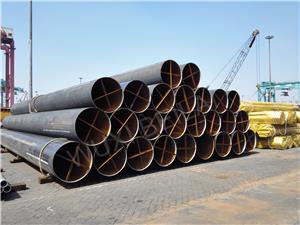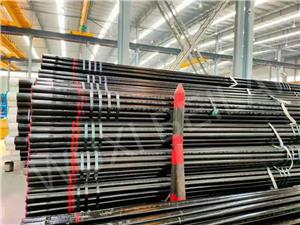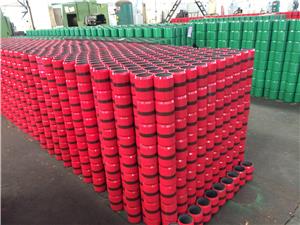BEILAI Group: Comprehensive Guide to Tubing Casing Coupling Types
At BEILAI Group, we specialize in manufacturing high-quality tubing casing products for the oil and gas industry. One of the critical components that ensure the integrity of a tubing or casing string is the coupling. In this article, we will explore different tubing casing coupling types, their functions, applications, and how to select the right one for your operation.
1. Understanding Tubing Casing Couplings
A tubing casing coupling is a short piece of pipe with internal threads on both ends, designed to connect two joints of tubing or casing. These couplings ensure continuity, structural stability, and leak-free performance in downhole operations. The choice of tubing casing coupling types depends on factors such as well depth, pressure, temperature, and the specific operational environment.
2. Main Tubing Casing Coupling Types
2.1 Short Coupling
Short couplings are commonly used in shallow wells where the operational stresses are minimal. They provide quick and cost-effective connections in tubing casing installations.
2.2 Long Coupling
Long couplings are designed for deeper wells where higher tensile strength is required. This tubing casing coupling type offers greater stability and improved sealing performance under extreme conditions.
2.3 Special Clearance Coupling
This type is used in scenarios where additional clearance is needed inside the casing or tubing. They are ideal for wells requiring specialized downhole tools.
2.4 Integral Joint Coupling
In integral joint designs, the coupling is machined directly onto the pipe body, eliminating the need for a separate coupling. This tubing casing coupling type minimizes diameter changes and is preferred for specific tight clearance applications.
2.5 Premium Thread Coupling
Premium thread couplings use advanced threading profiles and sealing mechanisms to ensure gas-tight connections in high-pressure, high-temperature wells. This is one of the most critical tubing casing coupling types in deep offshore drilling.
3. API vs. Premium Couplings
Standard API couplings are widely used for conventional oil and gas wells, meeting industry specifications for mechanical properties and threading. Premium couplings, however, offer superior performance in corrosive or high-load environments, making them essential for challenging tubing casing applications.
4. Material Considerations for Tubing Casing Couplings
The material of a coupling is just as important as its design. Common materials include carbon steel, alloy steel, and corrosion-resistant alloys. Selecting the right material ensures that your tubing casing coupling type can withstand environmental challenges such as sour gas, saltwater exposure, or high-temperature conditions.
5. Choosing the Right Tubing Casing Coupling Type
When selecting a tubing casing coupling type, operators should evaluate:
Well depth and pressure
Temperature range
Corrosion potential
Compatibility with downhole tools
Compliance with API or premium specifications
6. BEILAI Group’s Expertise in Tubing Casing Couplings
With years of experience in manufacturing tubing casing and related components, BEILAI Group delivers couplings that meet the most stringent quality standards. Our products are designed for durability, precision, and compatibility across a range of drilling applications.
Conclusion
Understanding the differences between various tubing casing coupling types is crucial for ensuring well integrity and operational efficiency. At BEILAI Group, we are committed to providing top-tier tubing casing products that help our clients achieve optimal performance in oil and gas operations worldwide.




